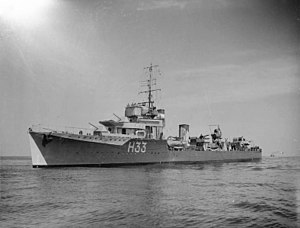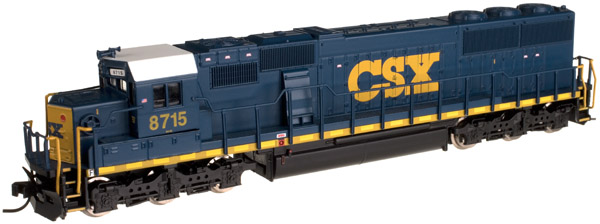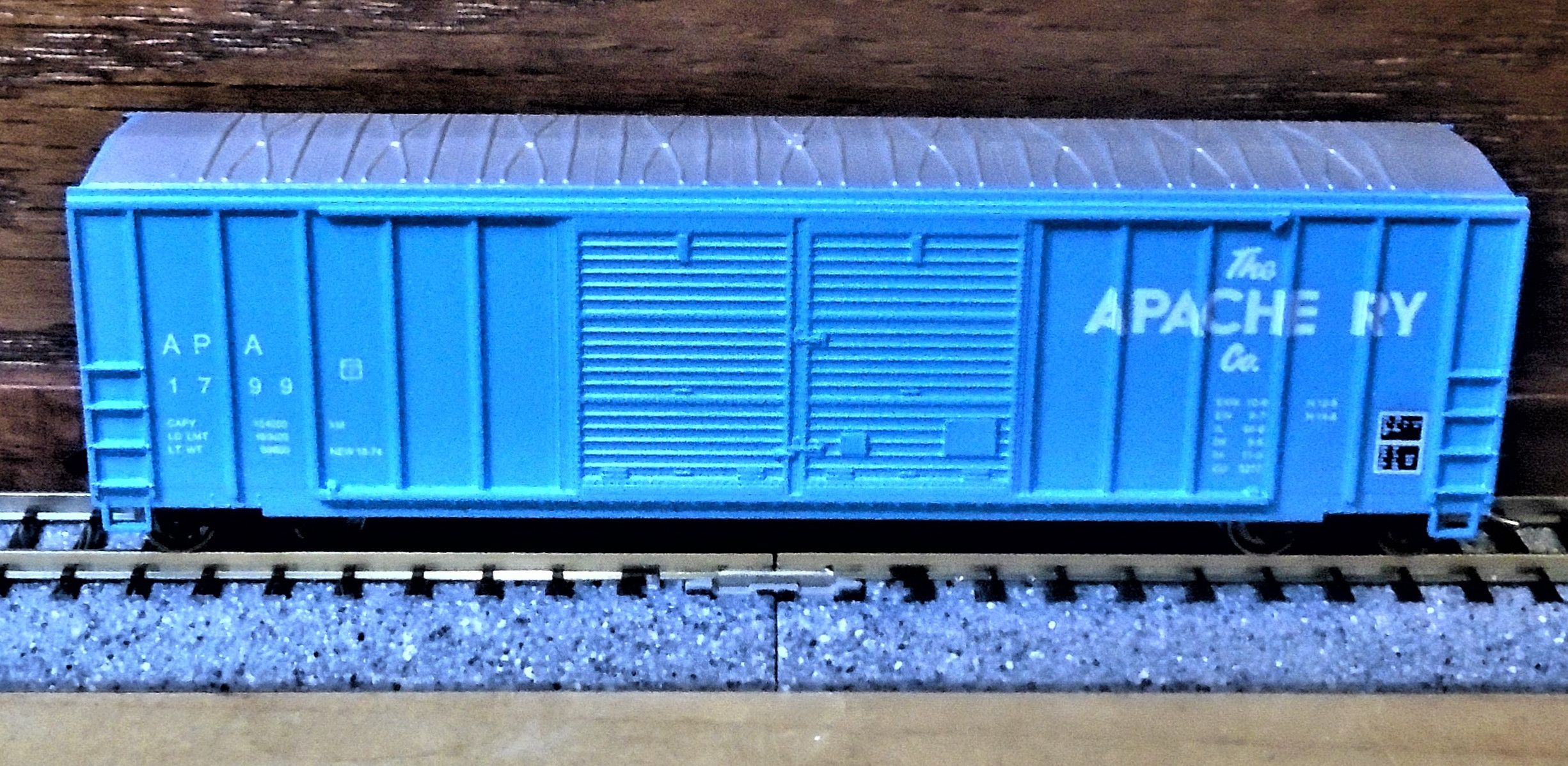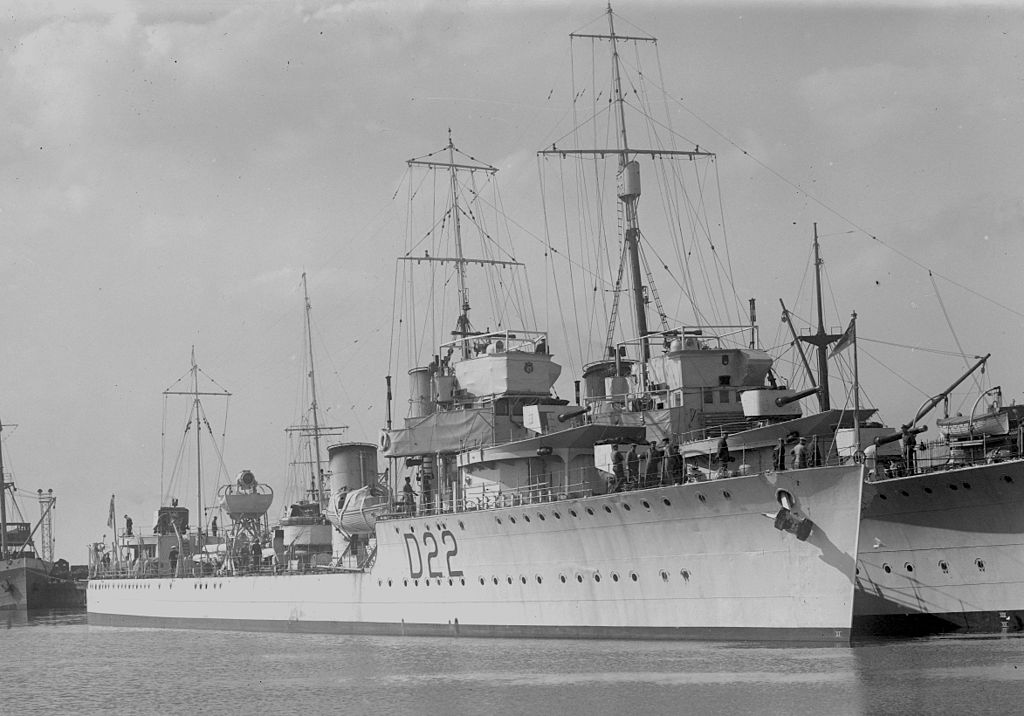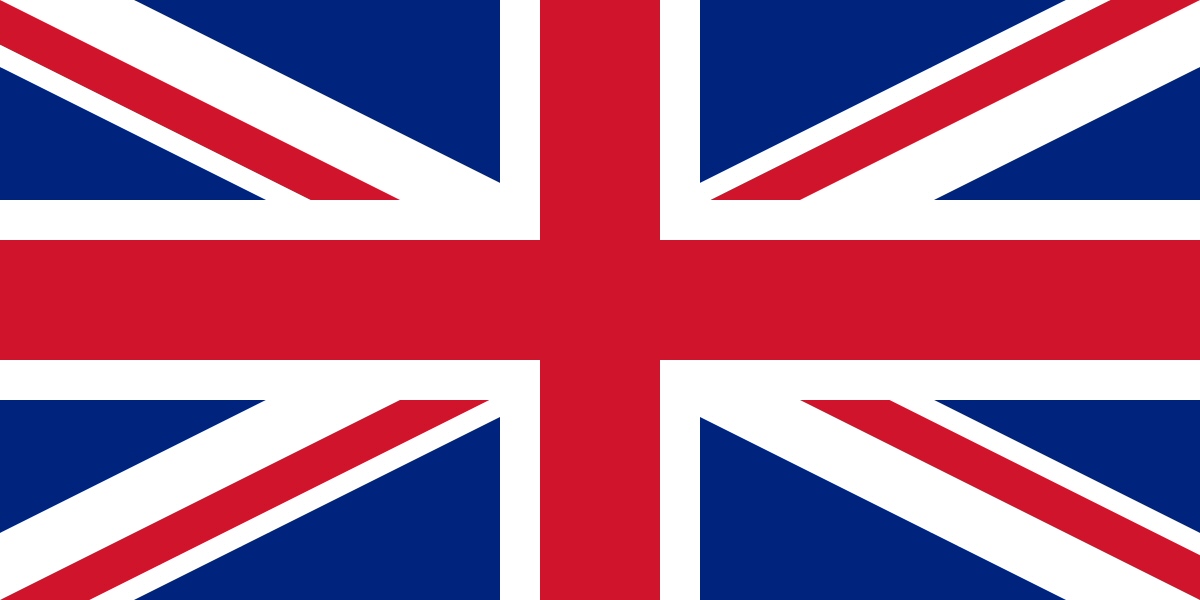HMS Vanoc
| Name | HMS Vanoc |
| Nationality | United Kingdom (Details) |
| Pennant/Designation | H33 |
| Period | none |
| Type | Destroyer |
| Warship Class | V and W Class (Details) |
| Source of Text | Wikipedia |
| Credit Link | Link |
History:
HMS Vanoc was a British V-class destroyer, launched in 1917. The ship saw service in both the First and Second World Wars. During the First World War, Vanoc served as part of two destroyer flotillas, undertaking minelayer and convoy escort roles. In 1919, the destroyer took part in British operations in the Baltic as part of Allied efforts to intervene in the Russian Civil War. During the Second World War, Vanoc was involved in evacuation efforts to remove troops from Norway and France, and was utilised as a convoy escort, protecting convoys from German U-boats. In this role, Vanoc sank a German submarine, U-100 in March 1941 in the Atlantic, and assisted in the destruction of another, U-99. Three years later, Vanoc was involved in sinking U-392 in the Straits of Gibraltar in concert with a British frigate and several US anti-submarine aircraft. In January 1945, she was involved in a collision with another Allied vessel off Normandy, before being placed into reserve in June. She was later sold for scrap and was broken up after mid-1946.
Class:
The V and W class was an amalgam of six similar classes of destroyer built for the Royal Navy under the War Emergency Programme during the First World War and generally treated as one class. For their time they were among the most powerful and advanced ships of their type in the world, and set the trend for future British designs.
They arrived in time to see service in the First World War. During the interwar period these ships formed the backbone of the Royal Navy's destroyer flotillas until gradually replaced by new construction; by the mid-1930s most had been displaced to the reserve fleet. Most ships survived to make an extensive contribution to the Second World War effort, in the vital role of convoy escort, freeing up more modern ships for fleet action.
They arrived in time to see service in the First World War. During the interwar period these ships formed the backbone of the Royal Navy's destroyer flotillas until gradually replaced by new construction; by the mid-1930s most had been displaced to the reserve fleet. Most ships survived to make an extensive contribution to the Second World War effort, in the vital role of convoy escort, freeing up more modern ships for fleet action.
Nationality:
The United Kingdom, made up of England, Scotland, Wales and Northern Ireland, is an island nation in northwestern Europe. England – birthplace of Shakespeare and The Beatles – is home to the capital, London, a globally influential centre of finance and culture. England is also site of Neolithic Stonehenge, Bath’s Roman spa and centuries-old universities at Oxford and Cambridge.
Item created by: gdm
on 2020-03-12 14:27:34
If you see errors or missing data in this entry, please feel free to log in and edit it. Anyone with a Gmail account can log in instantly.
If you see errors or missing data in this entry, please feel free to log in and edit it. Anyone with a Gmail account can log in instantly.


